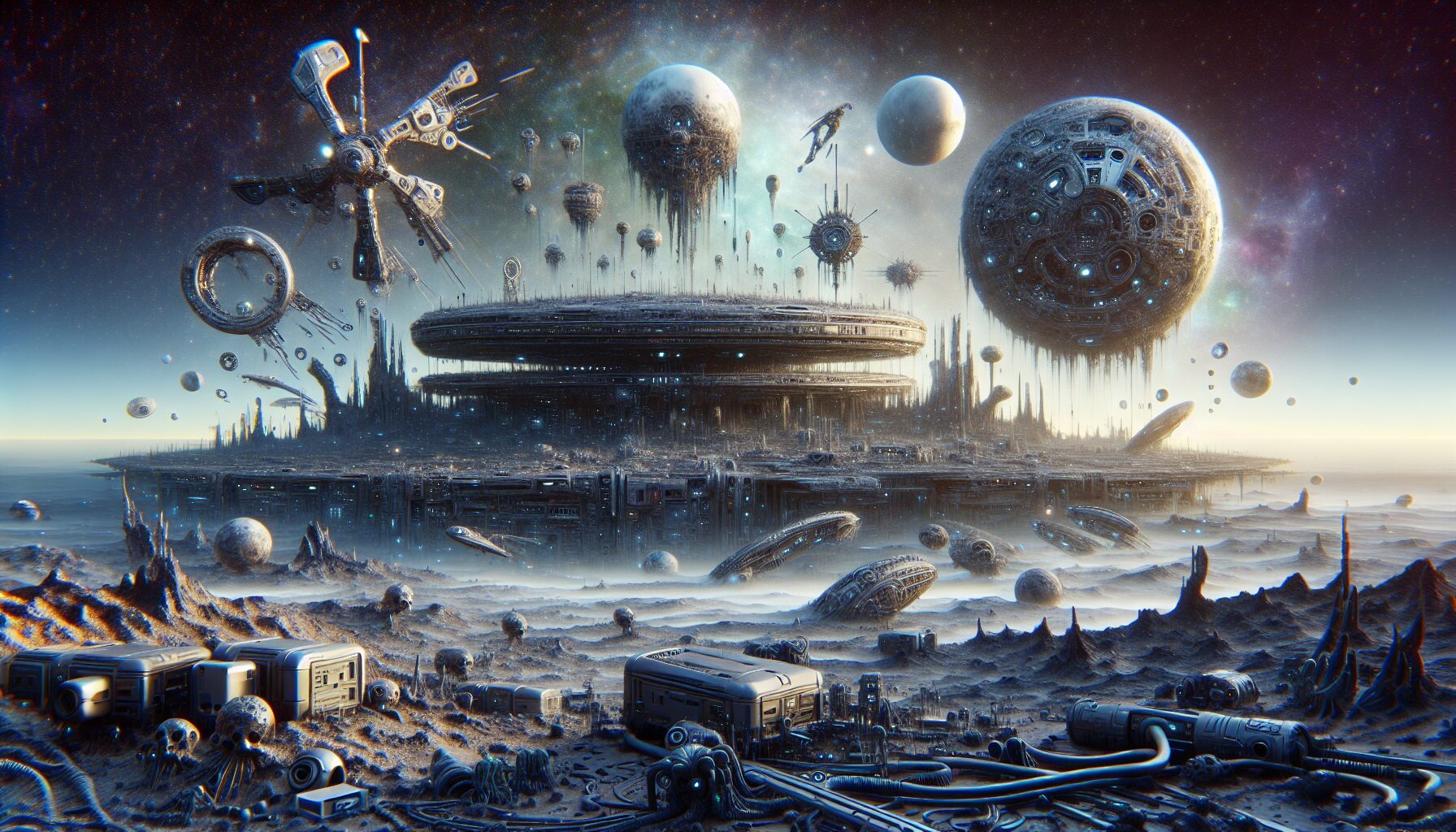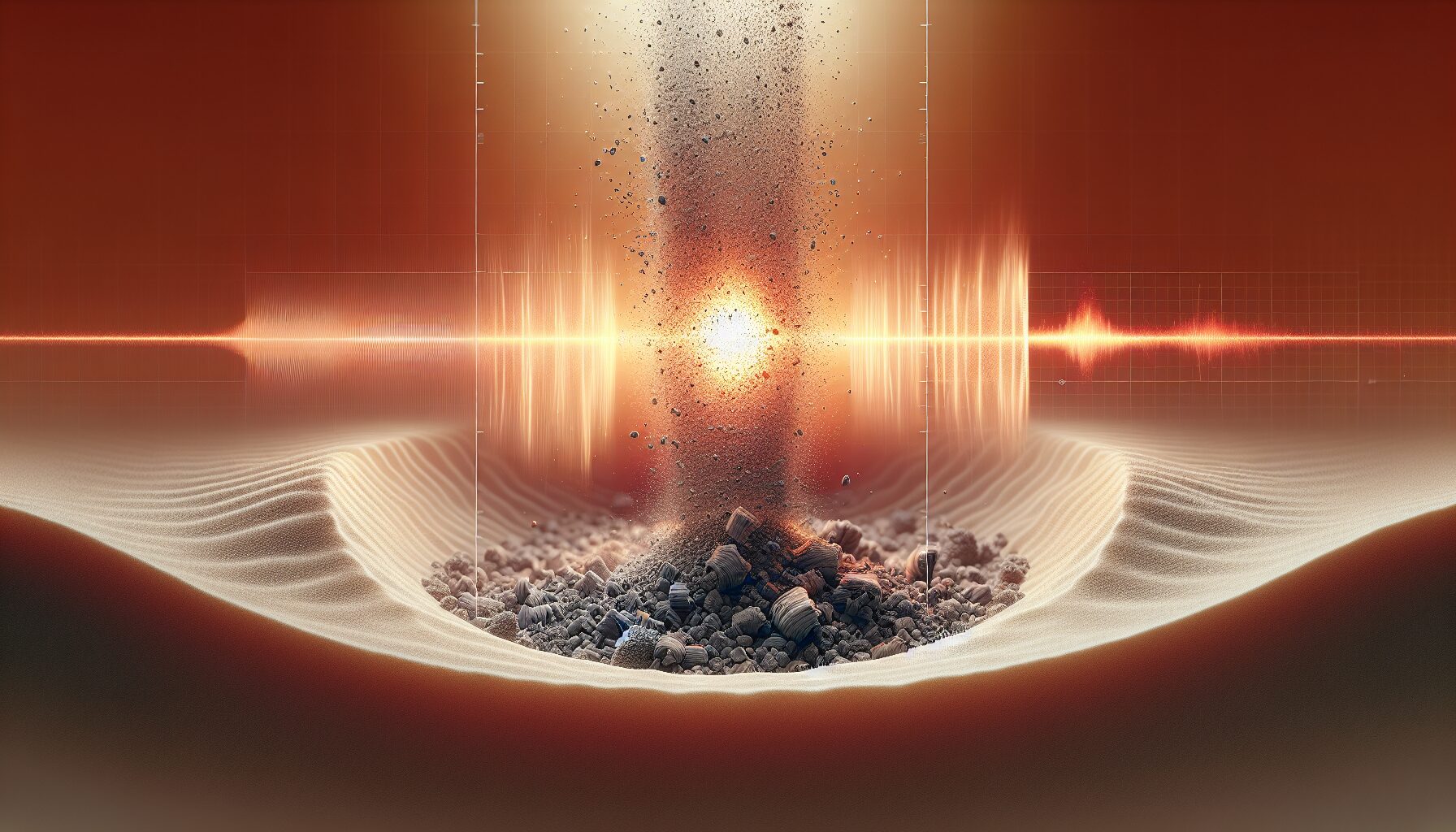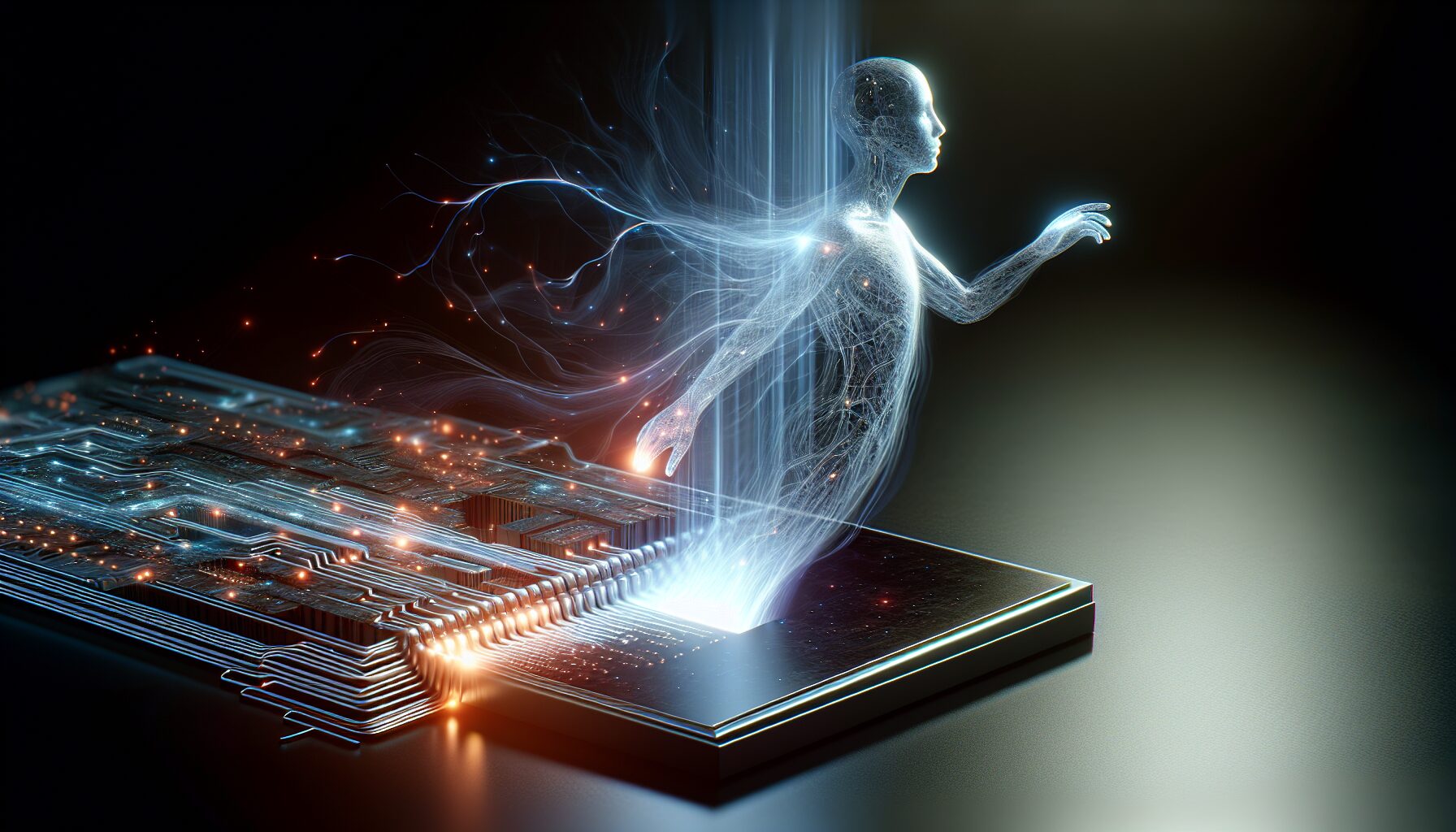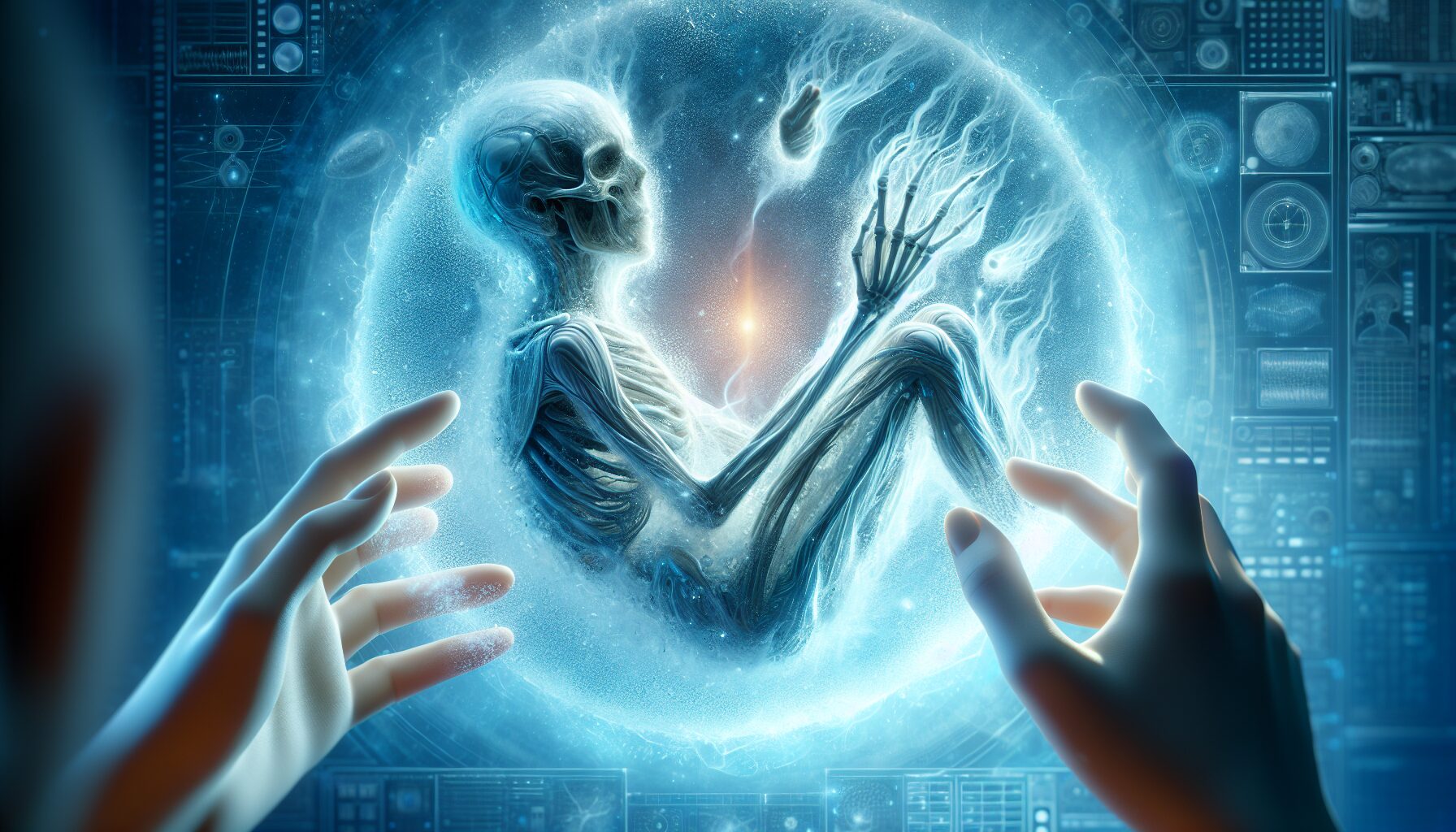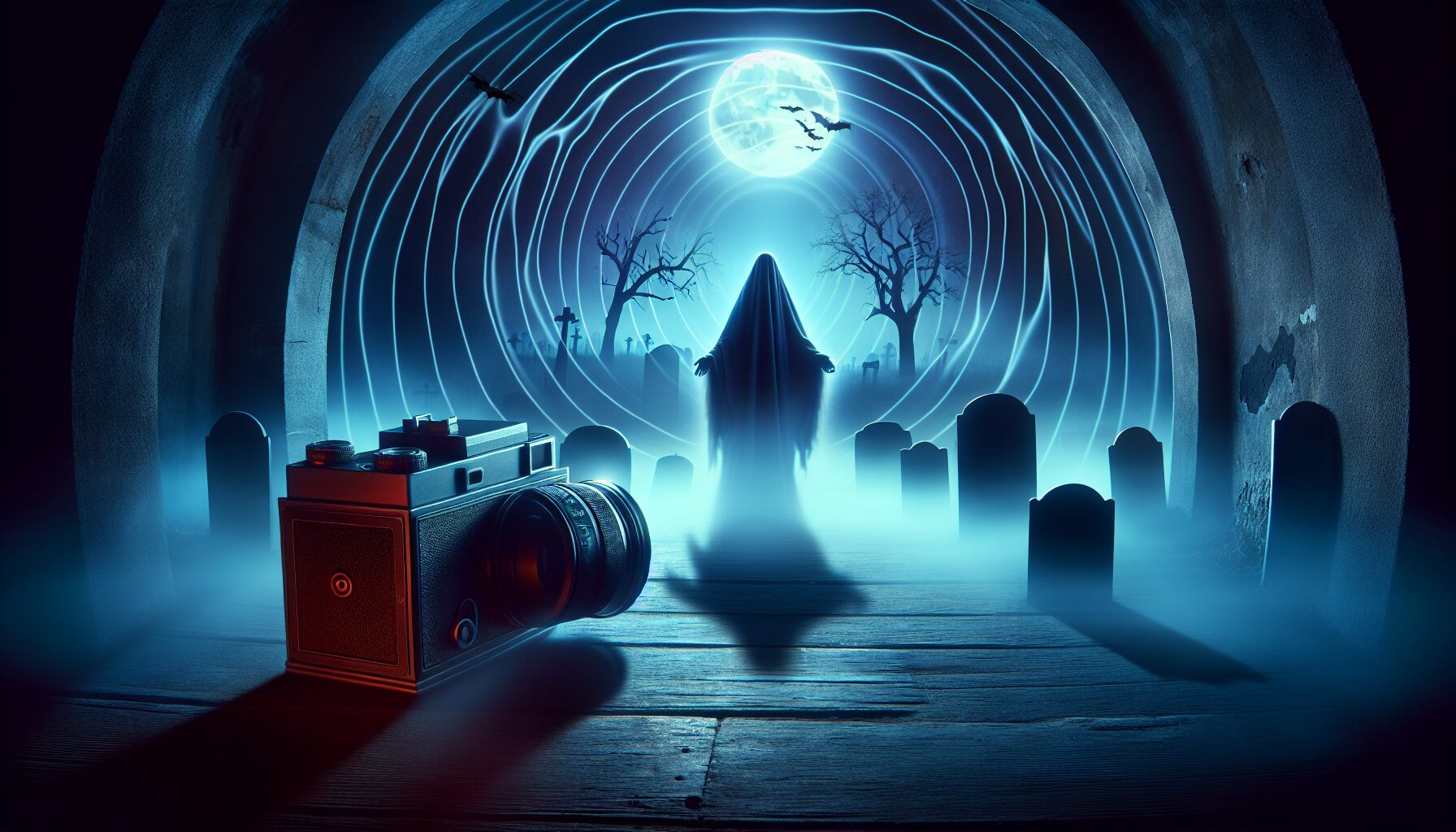Imagine a world where advanced alien civilizations once thrived, leaving behind a multitude of sophisticated machines scattered throughout the cosmos. As intriguing as their technology might be, even the most advanced machines are not immune to the inevitable decay that time brings, especially in the harsh environment of space.
The Ruthless Environment of Space
Space is an unforgiving environment, defined by its vacuum, radiation, and extreme temperatures. So, what happens to technology when left to the mercy of these elements? The decay of machinery in space is a captivating subject, pinpointing exactly how and why even the most extraordinary technology may wither away.
- Radiation: Space is full of cosmic rays and solar radiation that continuously bombards any structure. Over time, this radiation can cause materials to become brittle, disrupt electronic circuits, and degrade solar panels, which are often critical for power supply.
- Temperature Extremes: Temperatures in space can swing between freezing cold and scorching heat, depending on the exposure to the Sun. These fluctuations can lead to the expansion and contraction of materials, eventually causing structural failure.
- Micro-Meteoroids: These tiny particles travel through space at high speeds and can pierce through metal structures, damaging vital components and leaving technology vulnerable to further deterioration.
Intrinsic Longevity and Self-Repair Systems
Advanced alien technology might have incorporated self-repair mechanisms, potentially inspired by biological processes. According to Scientific American, self-healing materials are an area of considerable research that even humans are beginning to explore. However, the question remains: can these systems withstand the continuous assault of the space environment?
Alien machines could potentially utilize nanotechnology or adaptive materials that harness energy efficiently. But even these materials have limitations and decay because of molecular instability over millennia. As an Aerospace Engineer might argue, “Nothing is truly indestructible; materials simply degrade at different rates depending on environmental exposure.”
The Philosophical Implications
The decay of alien technology also invites philosophical contemplation about the nature of technology and time. Does the inevitable degradation of these machines suggest a sense of mortality? How might their creators have perceived this lifecycle?
“We see in space the echoes of civilizations that might have been,” notes astrophysicist Natalie Starkey. “Their machines linger only until the universe itself reclaims them.”
In essence, the decay of alien technology in the vacuum of space reminds us of the ephemerality of all things, provoking thoughts about both human and alien permanence in the vast universe.
